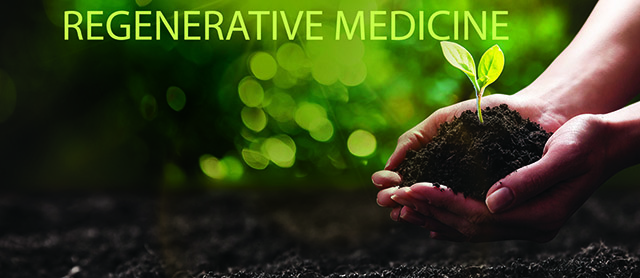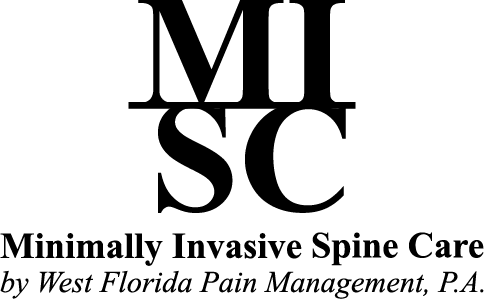Regenerative Medicine
 Decades of transplant success and research have led to the development of new techniques to aid self-healing. One of the most fascinating things about the human body is its ability to heal itself. That cut to your skin you got in the kitchen? A week or two later and it’s completely gone and forgotten. Broken bones mend themselves—sure, a cast will help stabilize things, but it’s your own body that performs the seemingly magical trick of returning things to their normal state.
Decades of transplant success and research have led to the development of new techniques to aid self-healing. One of the most fascinating things about the human body is its ability to heal itself. That cut to your skin you got in the kitchen? A week or two later and it’s completely gone and forgotten. Broken bones mend themselves—sure, a cast will help stabilize things, but it’s your own body that performs the seemingly magical trick of returning things to their normal state.
Regenerative medicine seeks to support the body in repairing and restoring its own tissues to a healthy state. The use of regenerative medical therapies has grown out of the development and advancement of transplant surgeries over decades of success. Studying the mechanisms behind the body’s acceptance of transplanted tissues has led to exciting new therapies that can help stimulate the body’s own growth and healing responses.
From prenatal surgical techniques to treatments for numerous degenerative conditions, regenerative medicine therapies are used to induce the body to enact self-healing activity. Advancements in patient care across a varied range of specialties offer new solutions to achieving optimal health and well-being. We seek to restore lost function due to aging, disease, injury or other degenerative causes with these healing techniques.
Researchers have examined the many ways in which our immune systems and inflammation-related mechanisms interact. For degenerative conditions, including musculoskeletal injuries and joint pain and damage, regenerative therapies can enhance a healthier supportive environment in affected areas. Joint stiffening from scar tissue due to injury or surgery and nerve cell regrowth are a few of the other areas in which regenerative therapy can stimulate improvement. Regenerative medicine is an effective tool to aid healing and relieve pain.
